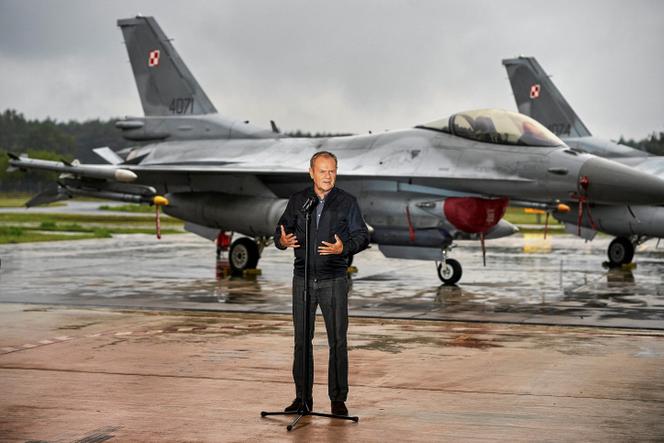


Cybersecurity and disinformation experts in Poland choose their words carefully when they speak of a state of war. The war waged by Russia and Belarus against the European Union and North Atlantic Treaty Organization began in 2014 with the invasion of Crimea and the Donbas. The conflict, with its own history and distinct phases, escalated during the night of September 10 to 11, when around 20 Russian drones violated Polish airspace. NATO, for the first time since its founding in 1949, was forced to open fire on enemy flying objects in European airspace.
That night, the Polish internet exploded. Many experts described it as a tsunami of disinformation. "Over the course of that night, we analyzed around 200,000 mentions [statuses, messages, comments] spreading the Russian narrative, or 200 to 300 mentions per minute," said Michal Fedorowicz, president of the Res Futura collective, which specializes in the analysis of social media and its impact on public opinion. "In terms of scale, it's the equivalent of what happens during an election night for a presidential vote."
But all these mentions carried very carefully crafted messages. According to these posts, the attack was a Ukrainian provocation, meant to drag Poles into a war that was not theirs and NATO into a third world war. In the same narrative, the Polish military and NATO were described as ineffective and powerless despite their considerable resources. And above all, the Polish and transatlantic authorities were accused of covering up the truth about these events.
You have 75.14% of this article left to read. The rest is for subscribers only.
